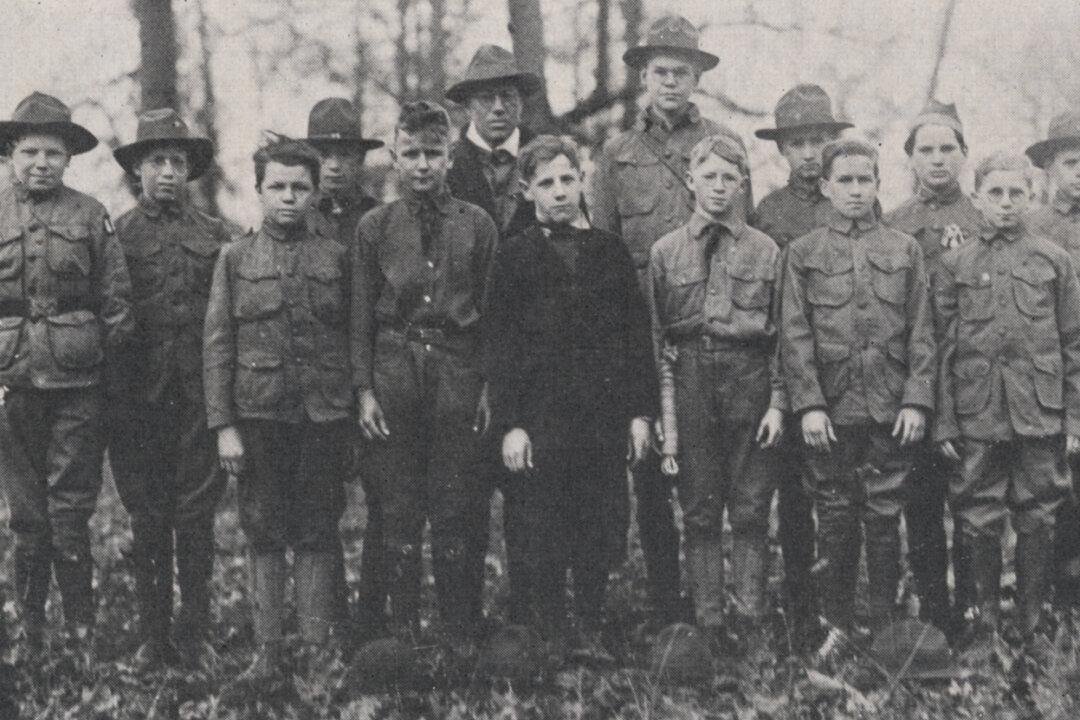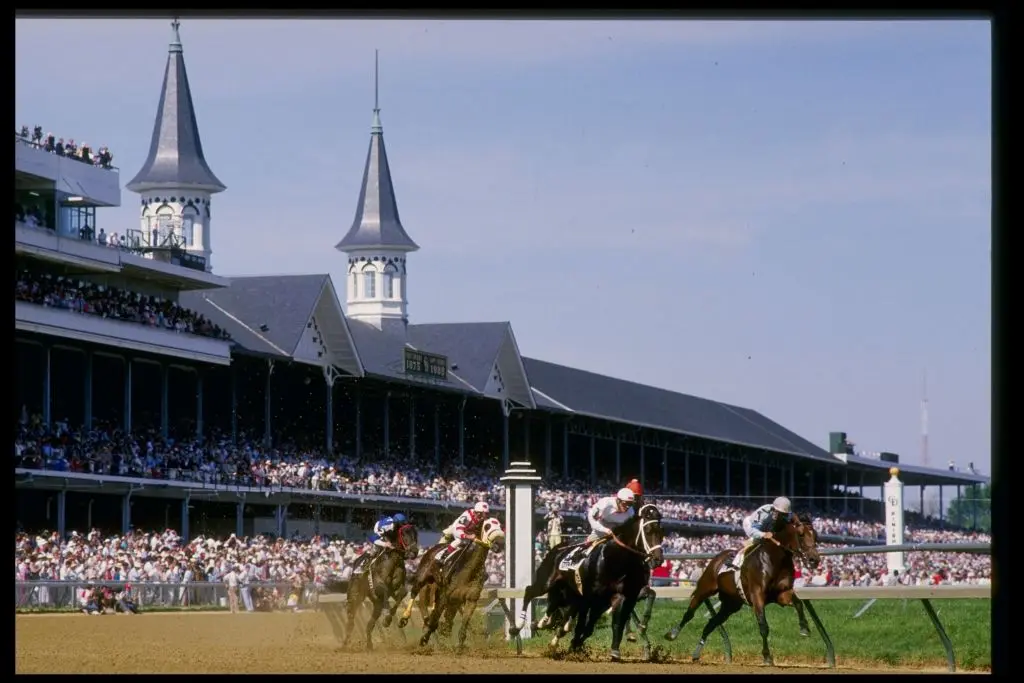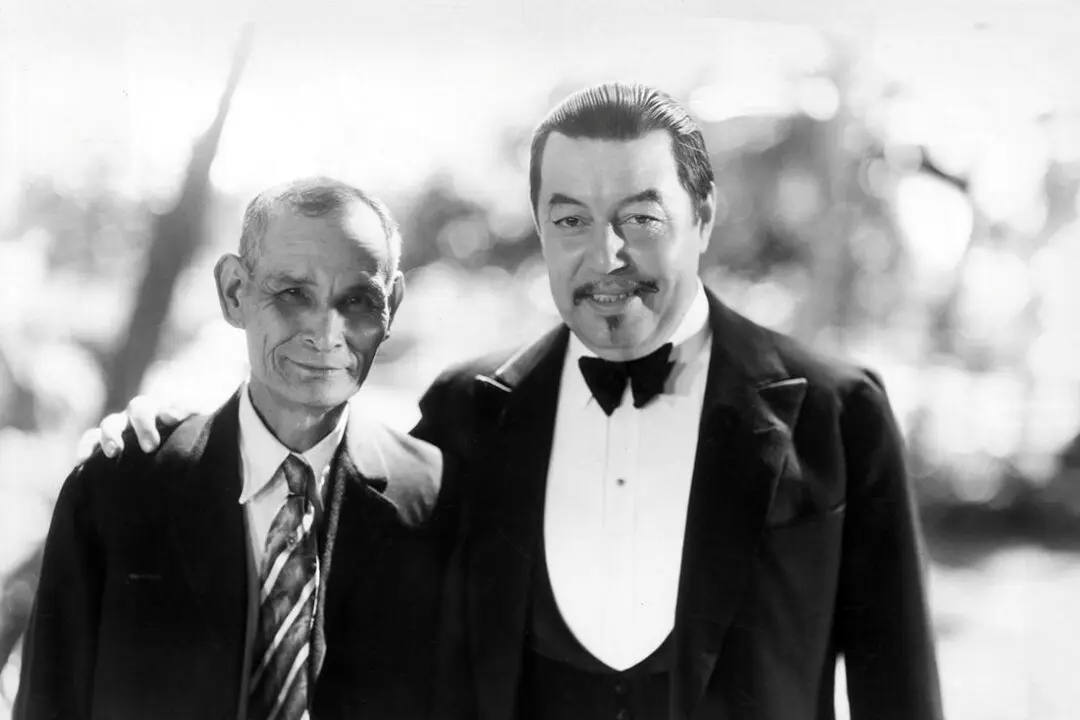Though millions of people may be unfamiliar with Ernest Thompson Seton, they’ve nonetheless been influenced by his principles and his philosophy of character building through outdoor education. He co-founded the Boy Scouts of America.
A consummate naturalist, Seton was also a prolific author, illustrator, artist, and lecturer. A man of probing, unremitting curiosity, he logged, detailed, and drew an impressive selection of animals—eclectic creatures ranging from the peetweet (spotted sandpiper) and garter snake to the lynx and Artic fox—in an equally striking host of surroundings. From the Adirondacks of New York to the Northwest Territories to Yellowstone National Park and the Colorado Rockies, Seton’s raw inquisitiveness led him deep into the most faraway areas of the country.






